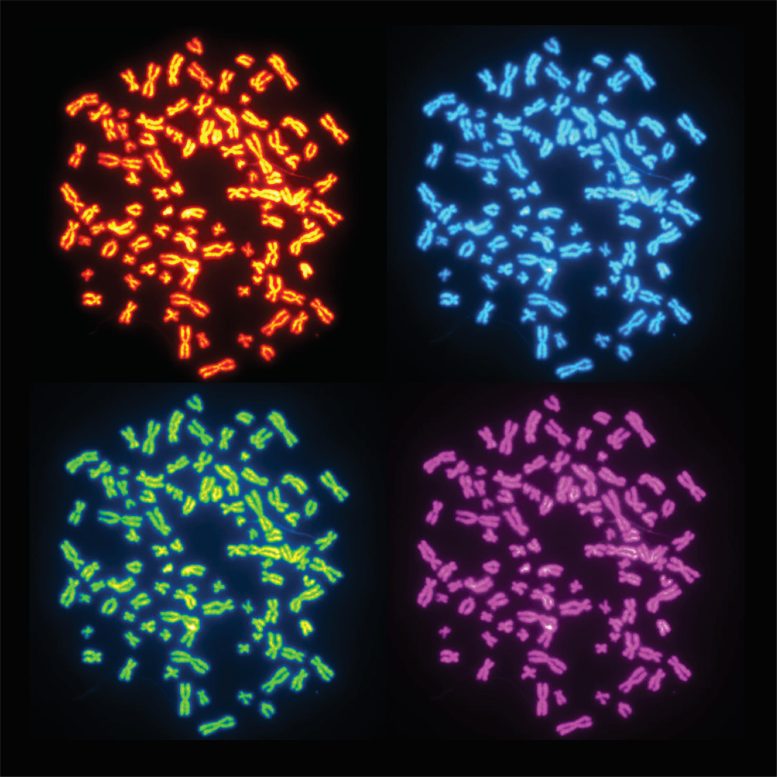
Chromosomes in cells with whole genome doubling. Credit: Elisa Oricchio/Giovanni Ciriello (EPFL/UNIL)
A single cell holds 2-3 meters of DNA, necessitating a compact storage method. This is achieved through chromatin, a complex formed by DNA coiled around proteins called histones. In three-dimensional space, chromatin is intricately folded into a multi-layered organization consisting of loops, domains, and compartments, ultimately forming chromosomes. The structure of chromatin is closely tied to gene expression and optimal cellular function; therefore, any disruptions in chromatin organization can lead to serious consequences, including the onset of cancer.
“Whole genome doubling (WGD)”, a process where an entire set of chromosomes within a cell is duplicated, occurs in approximately 30% of all human cancers. This event causes genomic instability within the cell, potentially leading to chromosomal changes and other mutations that contribute to cancer development.
Now, a team of researchers led by Elisa Oricchio at EPFL and Giovanni Ciriello at UNIL, has uncovered a new clue as to how WGD drives cancer. In a study published in Nature, the scientists show that WGD can affect the 3D organization of the chromatin inside the cell through a phenomenon called “loss of chromatin segregation”.
The researchers looked at cells that lack the tumor suppressor gene p53, making them prone to WGD. They found that WGD leads to a reduction in the segregation of chromatin’s structural elements, such as loops, domains, and compartments, upending its careful organization in the cell.
The result is a mixing of genetic material that is normally kept separate, changing the position of genomic regions in the 3D space, known as “sub-compartment repositioning.” This sets the stage for the activation of oncogenes, which are genes that contribute to the development of cancer.
The researchers also found that the effects of WGD on chromatin organization are largely independent of chromosomal alterations, meaning that loss of chromatin segregation and chromosomal instability are complementary mechanisms that work together to promote cancer development.
The work provides a new way of looking at the role of WGD and chromatin organization in the development of cancer. In the future, highly multiplexed single-cell molecular profiles, combined with barcoding technologies and new computational approaches, could help to further uncover what role disorganization of chromatin’s 3D structure plays in transforming a cell into a cancerous one.
Reference: “Whole-genome doubling drives oncogenic loss of chromatin segregation” by Ruxandra A. Lambuta, Luca Nanni, Yuanlong Liu, Juan Diaz-Miyar, Arvind Iyer, Daniele Tavernari, Natalya Katanayeva, Giovanni Ciriello and Elisa Oricchio, 15 March 2023, Nature.
DOI: 10.1038/s41586-023-05794-2
The study was funded by EPFL, the University of Lausanne, the Swiss National Science Foundation (SNSF), and the Swiss Cancer League.

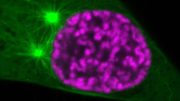
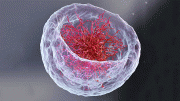



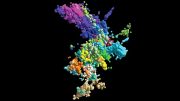

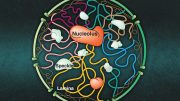
Be the first to comment on "Cancer Breakthrough: How Genome Doubling Helps Cancer Develop"